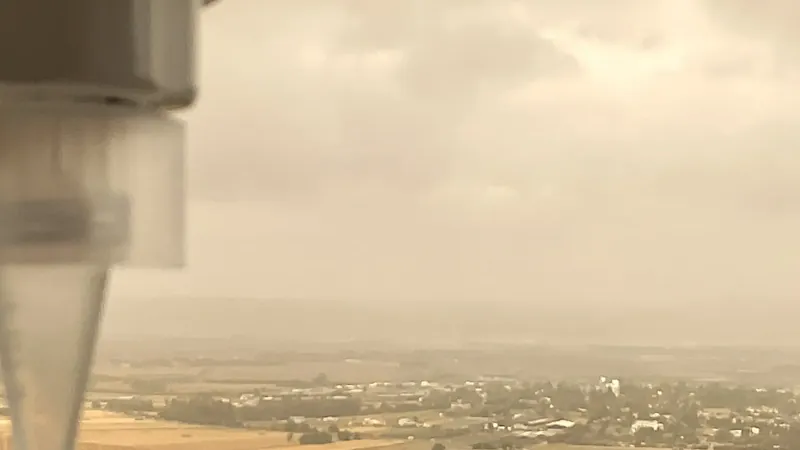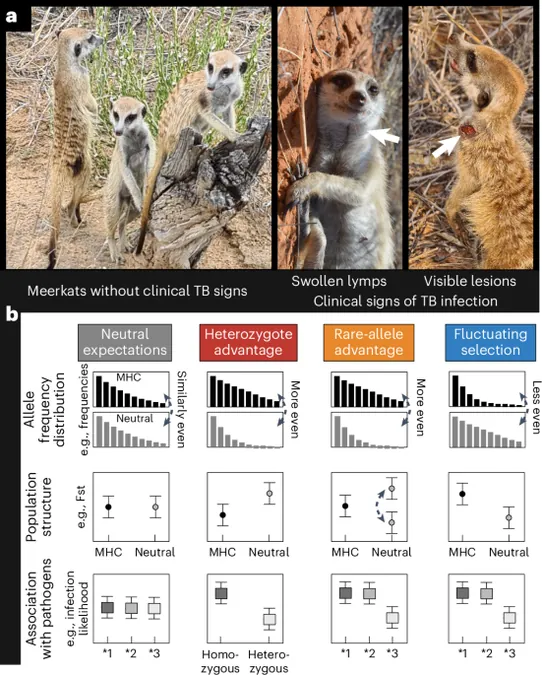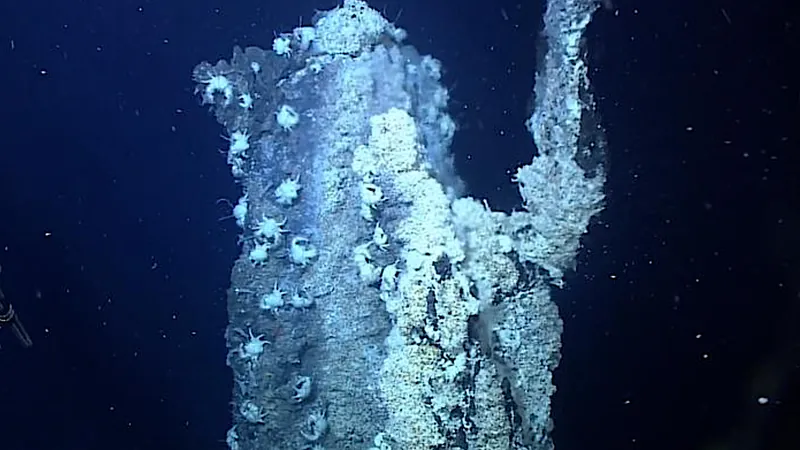
Dust Storms and Bacteria: A Journey from Sahara to Mars?
2025-08-24
Author: Jacob
The Unexpected Survival of Bacteria in Desert Storms
Ever wondered how bacteria manage to endure the harsh conditions of airborne dust storms sweeping from the Sahara and Egypt all the way to Israel? A groundbreaking study by Dr. Naama Lang-Yona's team at the Technion, in collaboration with Dr. Ilana Kolodkin-Gal from the Scojen Institute, has shed light on this fascinating phenomenon.
Microscopic Marvels: The Power of Biofilms
These researchers discovered that specific bacterial species, especially Firmicutes like Bacillus, create microscopic biofilms on dust particles. These protective structures act as shields against extreme dryness, intense radiation, and nutrient shortages during their extensive journey through the atmosphere.
A New Frontier in Atmospheric Microbiology
Published in the journal *Communications Earth and Environment*, this study marks a significant advance in atmospheric microbiology—the study of microorganisms in the air and their vital roles in global ecosystems. The findings highlight how these tiny organisms can influence everything from disease patterns to atmospheric CO₂ levels and even antibiotic resistance!
Transforming Our Understanding of Bacterial Communities
Dr. Lang-Yona emphasizes the importance of this research: “Our findings indicate that the air we breathe carries entire communities of bacteria from far-off regions, bringing new traits that could integrate into local ecosystems and impact human health.”
Beneficial Bacteria for a Better Future
The researchers isolated and cultured these dust-borne bacteria under atmospheric conditions, focusing on beneficial strains of Bacillus known for their positive applications across agriculture, construction, and medical probiotics.
Natural Selection in the Dustwinds
Interestingly, the team suggests that natural selection during dust storms may favor more innovative bacterial strains. This evolutionary process could enhance their usefulness, showcasing previously unrecognized survival strategies of airborne microbial communities.
A Broader Perspective on Microbial Life
This research not only expands our understanding of the soil microbiome but also introduces a new dimension: airborne microbial communities. As we delve deeper into the micro-world, we realize that these resilient organisms may well have lessons to teach us about survival in even the most extreme environments—like those on Mars!









 Brasil (PT)
Brasil (PT)
 Canada (EN)
Canada (EN)
 Chile (ES)
Chile (ES)
 Česko (CS)
Česko (CS)
 대한민국 (KO)
대한민국 (KO)
 España (ES)
España (ES)
 France (FR)
France (FR)
 Hong Kong (EN)
Hong Kong (EN)
 Italia (IT)
Italia (IT)
 日本 (JA)
日本 (JA)
 Magyarország (HU)
Magyarország (HU)
 Norge (NO)
Norge (NO)
 Polska (PL)
Polska (PL)
 Schweiz (DE)
Schweiz (DE)
 Singapore (EN)
Singapore (EN)
 Sverige (SV)
Sverige (SV)
 Suomi (FI)
Suomi (FI)
 Türkiye (TR)
Türkiye (TR)
 الإمارات العربية المتحدة (AR)
الإمارات العربية المتحدة (AR)